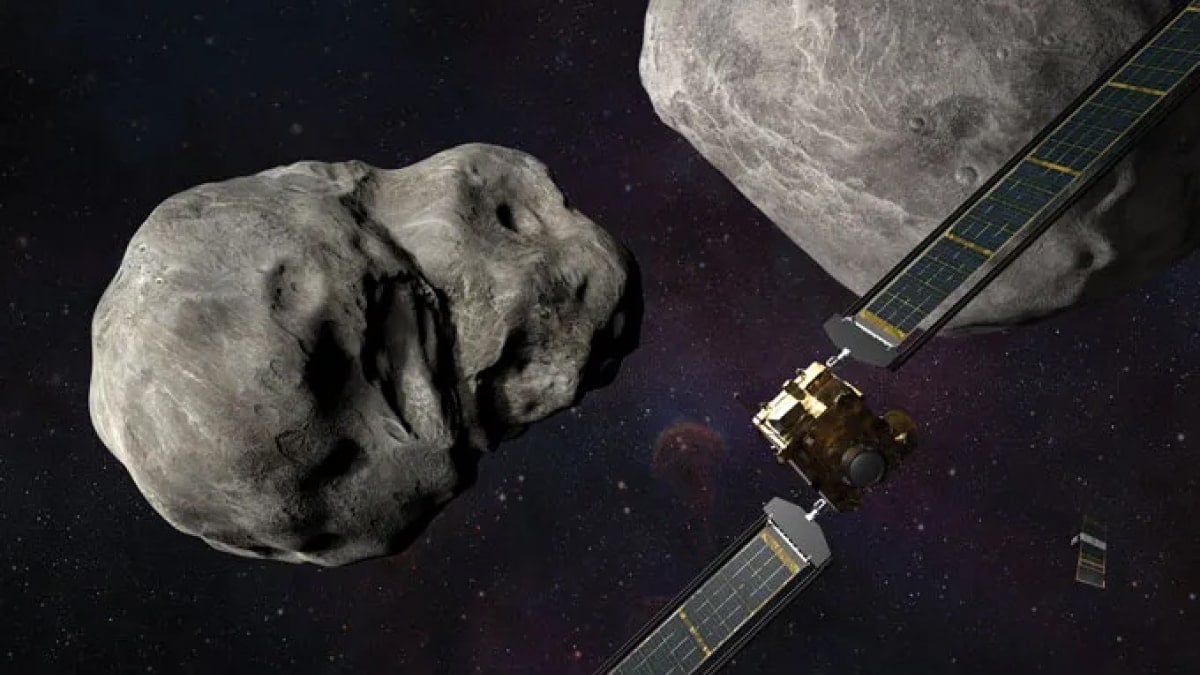Efforts to shield Earth from asteroid impacts have advanced, but significant gaps remain in planetary defence systems. Robin George Andrews' book How to Kill an Asteroid delves into the complexities of safeguarding the planet from potentially catastrophic asteroid collisions, as per a report. According to the book, the key strategy involves deflecting asteroids from their trajectories rather than destroying them, an approach tested by NASA's Double Asteroid Redirection Test (DART) in 2022. This mission marked a major milestone in space defence, successfully altering the orbit of the asteroid moonlet Dimorphos.
NASA's DART Mission and Its Implications
As per a report by ScienceNews, NASA's DART spacecraft demonstrated the feasibility of redirecting a non-threatening asteroid during its mission. As reported, the spacecraft collided with Dimorphos on September 26, 2022, changing its orbital path. This first-of-its-kind success showcased a viable strategy to prevent future impacts, as noted in the mission's post-analysis. However, experts caution that DART represents the only proven method, highlighting the need for further advancements.
Gaps in Planetary Defence Systems
Planetary defence faces substantial challenges, particularly in detection capabilities. Sources indicate that the proposed Near-Earth Object Surveyor (NEO Surveyor), designed to enhance asteroid detection, has faced delays due to budgetary cuts. The loss of key observational tools, such as the Arecibo Observatory, has also hindered monitoring efforts. These setbacks, as highlighted by researchers, underscore the urgent need for investment in detection technologies.
Global and Social Ramifications
Addressing asteroid threats extends beyond scientific and technological measures. Experts have raised concerns about potential geopolitical and societal disruptions following asteroid warnings. Scenarios such as misinformation, economic instability, and political tensions have been cited as potential consequences, adding complexity to planetary defence planning.
While challenges remain, Andrews' book underscores the necessity for global cooperation and reinvestment in asteroid preparedness to prevent future catastrophes. Scientists and policymakers continue to advocate for expanded efforts, ensuring readiness to counter celestial threats.
































